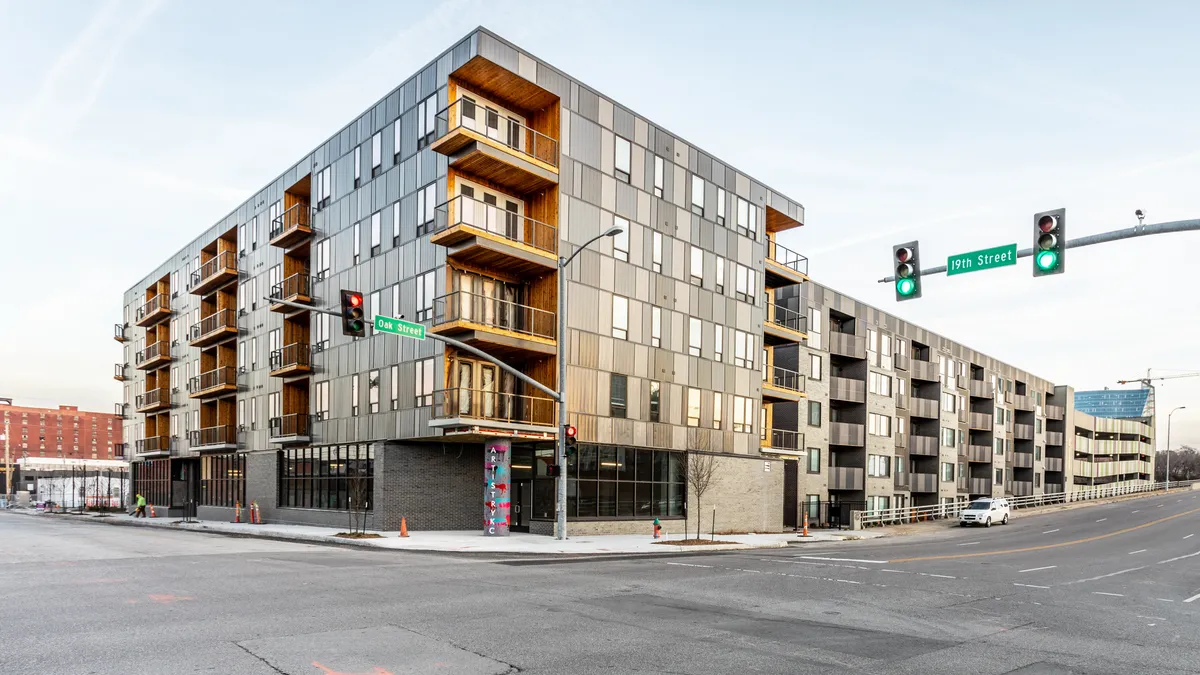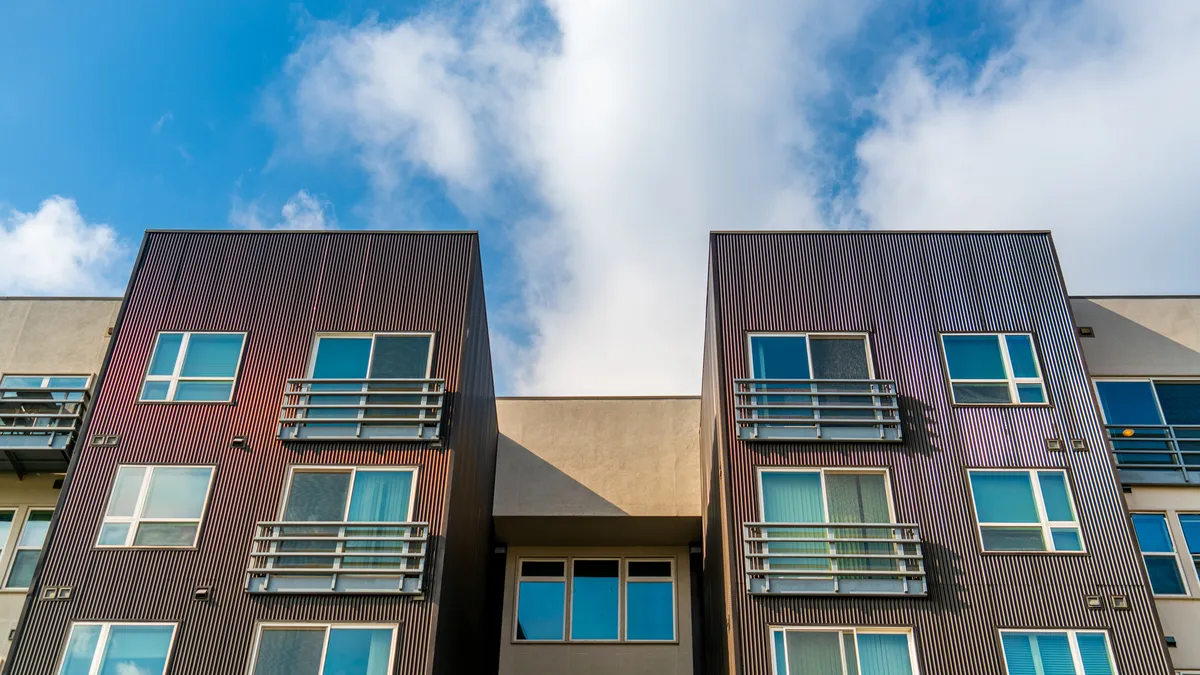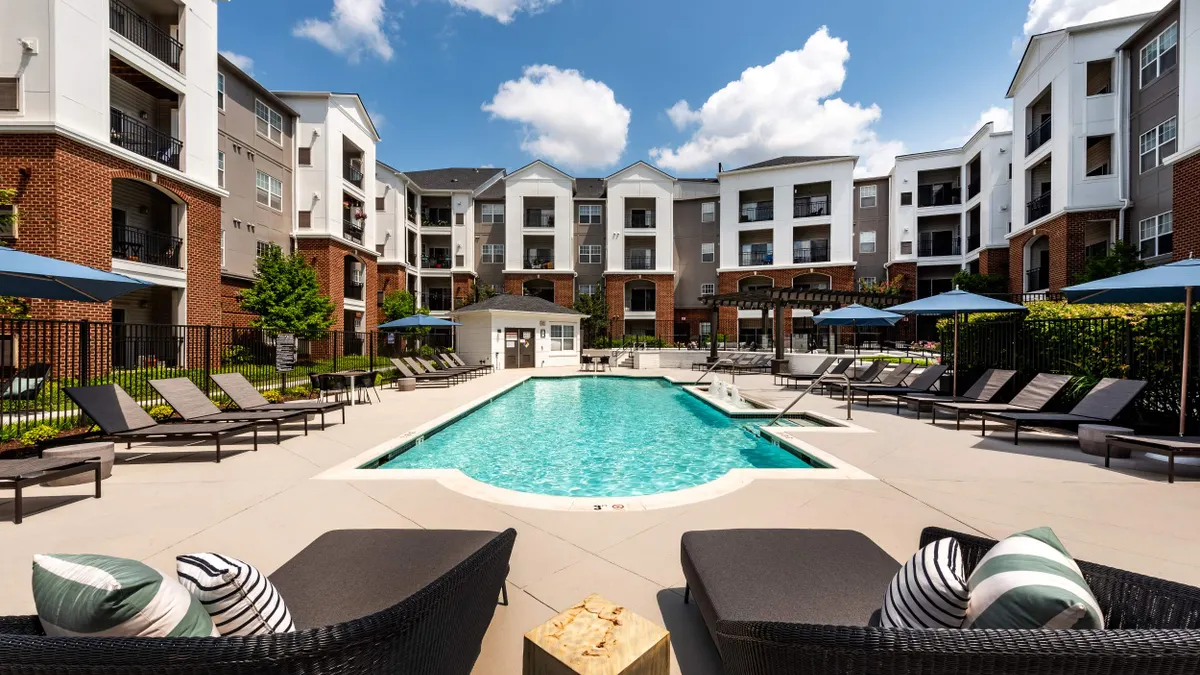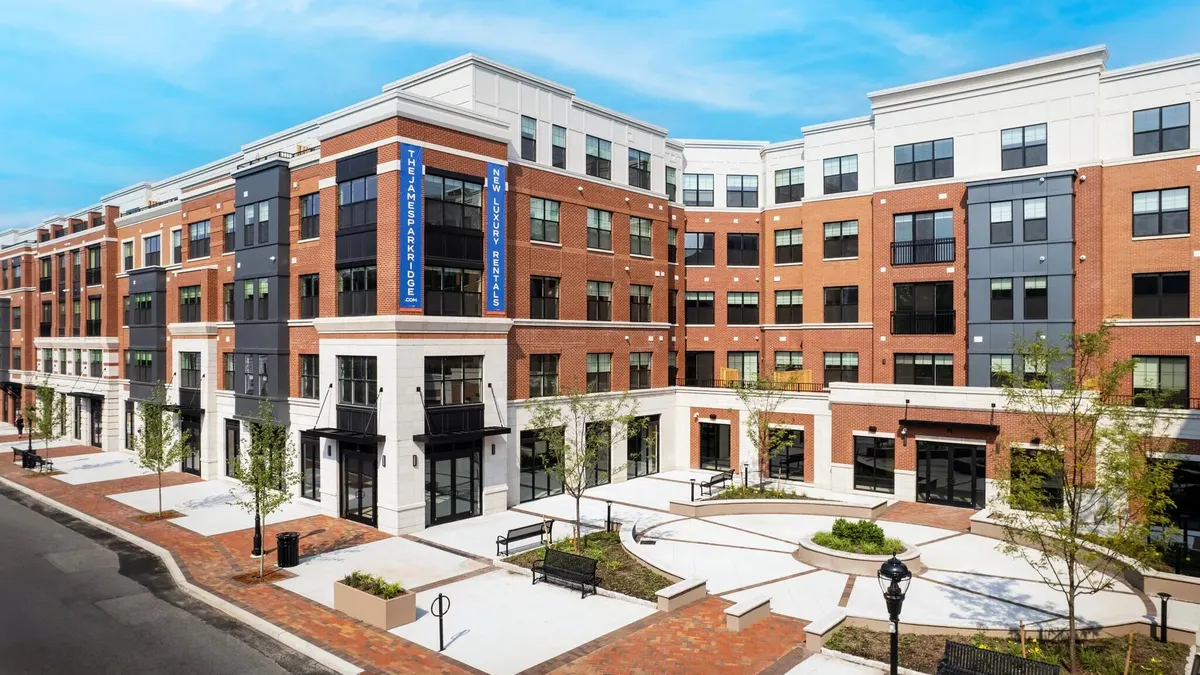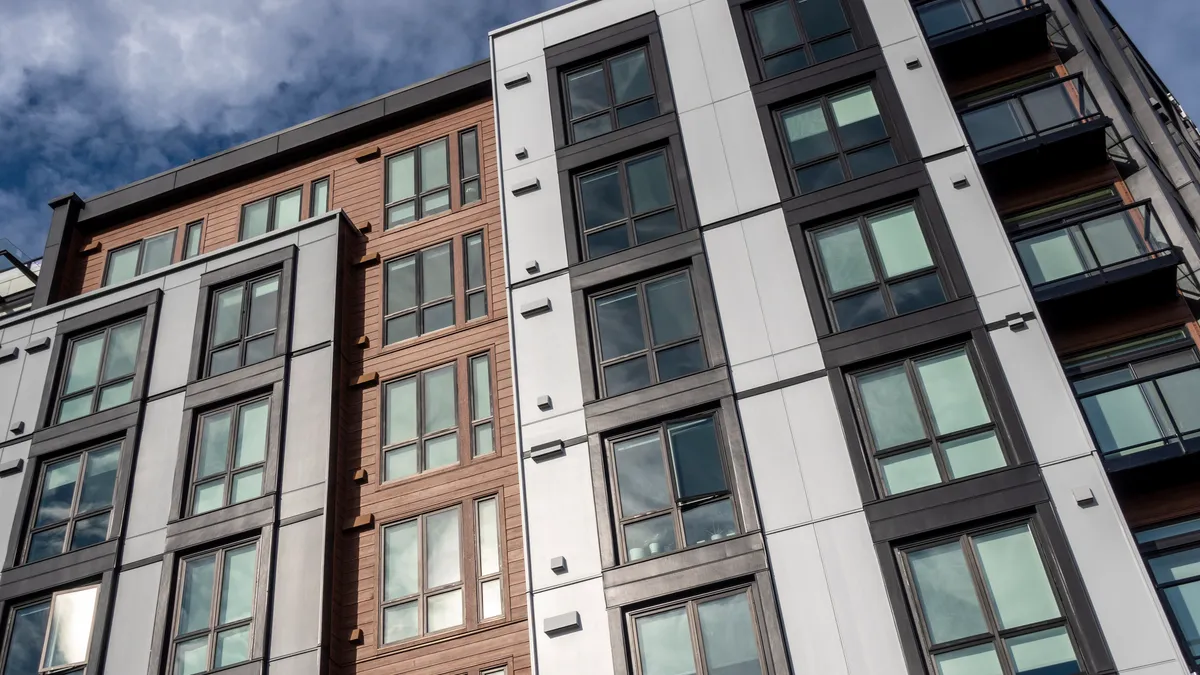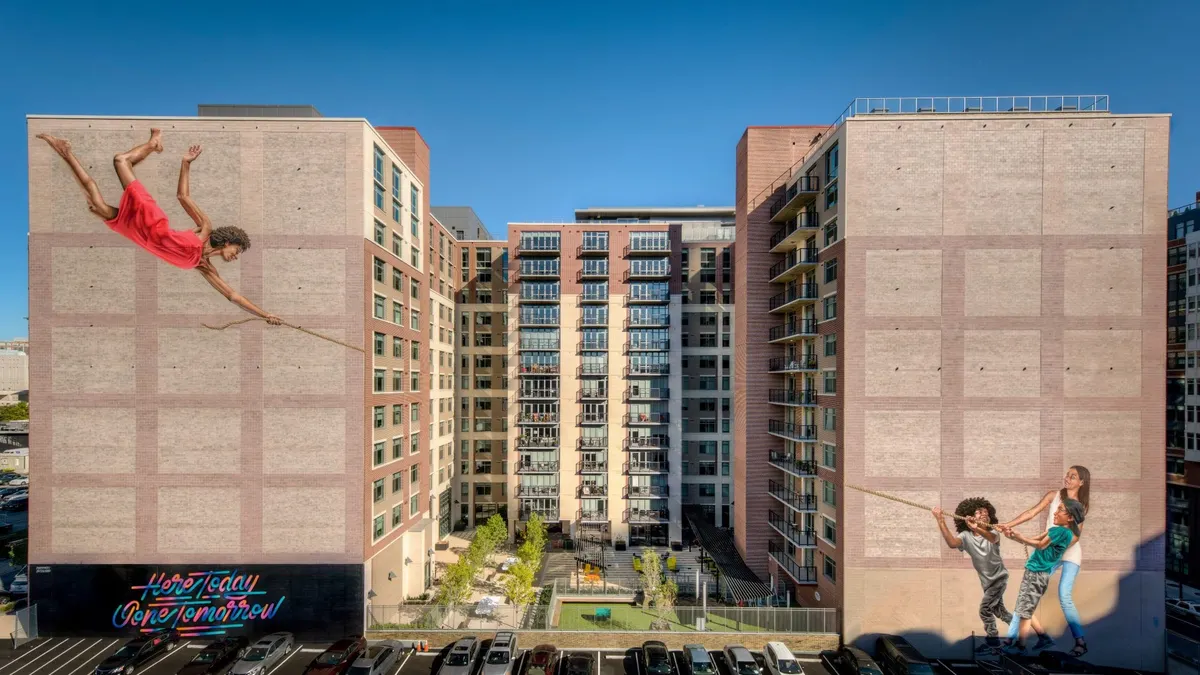Recently, Milhaus hit a milestone — it passed 10,000 units built.
The Indianapolis, Indiana-based developer, owner and operator of apartments reached that number by sticking to a niche over the years.
Although it builds market-rate housing, Milhaus doesn’t focus on the top end of the market. Instead, it creates attainable apartments or moderately priced housing without government subsidy. It also produces housing in Opportunity Zones, including a $58 million Qualified Opportunity Zone development in North Kansas City, Missouri, with 275 studio, one-, two- and three-bedroom apartment units.
“We’re not a low Income Housing Tax Credit developer, and we're not a super high-end luxury housing developer,” said Brad Vogelsmeier, vice president of development for Milhaus. “A lot of what we do kind of meets the market.”
Milhaus focuses on ground-up development in secondary markets across the Midwest and Sunbelt, including Indianapolis; Kansas City, Missouri; Cincinnati; Charlotte, North Carolina; Austin, Texas; Phoenix and Dallas. The company’s current portfolio is comprised of over 7,300 units across 25 properties.
Here, Vogelsmeier talks with Multifamily Dive about working through local governments, building more efficiently by eliminating parking and saving money in construction.
This interview has been edited for brevity and clarity.
MULTIFAMILY DIVE: How are you able to build attainable apartments?
BRAD VOGELSMEIER: It's usually through some tax abatement or tax increment financing mechanism with local governments. Municipalities have creative ways of leveraging the assessed value we're creating that wasn't initially there. They can use that to help subsidize some level of affordability, typically in the 60% to 80% to 120% area median income range.

Some ways we've been able to build attainable housing are more product focused through smaller, more efficient units and amenities and more efficient site design. But more often than not, in cities like Cincinnati, Indianapolis, and Kansas City, there has been some type of public participation from the city or the taxing authority to help offset the lost revenue as a result of us offering some level of affordability on the overall project.
How long do the localities require you to keep these apartments below a certain level of AMI?
Some of them are constrained by a time horizon, and others are a little more fluid. Generally, it’s in a 15- to 25-year time horizon, depending on the incentive structure. Some are looser than that. Frankly, we have a little bit of the benefit in the Midwestern communities because they’re generally more affordable markets. I know that's kind of being tested everywhere right now.
Compared to many places, the market-rate rents we would charge hit these affordability thresholds without incentives. We've seen a lot of migration from coastal markets to our secondary markets just because everything is genuinely more affordable, even without some layer of incentives.
What are things you can do to make a development attainable without incentives?
Where we've tried to test that the most is in markets where we feel like we can drive our parking minimums lower, which works better in certain municipalities than others. We’re still in pretty car-centric communities. We're not in Manhattan or San Francisco. But in a few of these markets, we push parking minimums down, which allows us to increase our density. And we're not spending as much money building parking, which naturally allows us to provide a more affordable product.
What kind of apartments can you produce with fewer parking requirements?
A three-story, walk-up garden product is the most cost-effective product to build. We've been able to take that product type and apply it in a more modern urban setting in locations where you don't have parking minimums. It still has an urban feel, but it's not an elevator product. And it's just a more efficient design. You can typically get the unit sizes a little smaller because you have many more corner units with corner exposure and natural light. So it's been another way to cost-effectively design a product in an urban setting that is still walkable.
How do you save money in the construction process in this inflationary environment?
We have a construction company and probably only build 50% of our portfolio. The majority of the stuff we build for ourselves is in the Midwest, but that gives us a little bit of pricing power, knowledge and good relationships with subcontractors. Though it's harder these days to proactively plan for material price increases, we can find ways to issue letters of intent and lock in contracts sooner to avoid some of the cost jumps over the life of a project. But, at the end of the day, the cost is what the cost is.
We've had to get creative in some of our markets because labor is definitely a challenge. In some of our third-party jobs, we have labor coming in from other markets because it's more readily available from certain places where there's not as much multifamily building happening. It's a competitive space right now because there's such an undersupply of housing. But I can't say we've got the silver bullet solution.
Click here to sign up to receive multifamily and apartment news like this article in your inbox every weekday.



